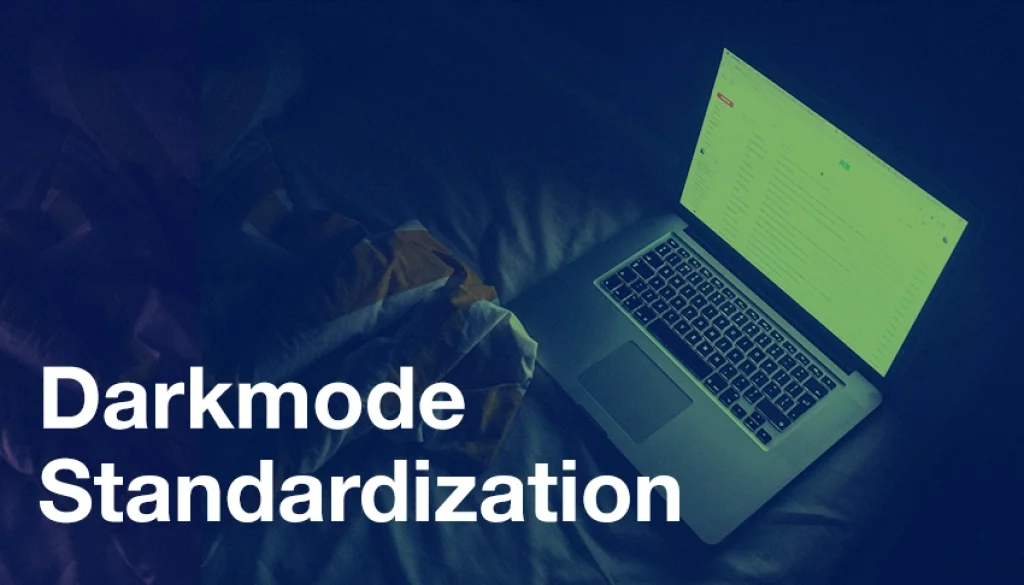The Importance of Dark Mode Standardization

According to a recent survey, 8 out of 10 users prefer dark mode. That’s because dark mode can reduce eye strain, improve battery life, and make it easier to focus on the content of the screen. For these reasons, it’s important that dark mode becomes a standard feature across all apps and websites.
However, there are some challenges that need to be addressed before dark mode can become a standard. For example, not all screens are created equal, and what looks good on one screen might not look so good on another. Additionally, dark mode can make it more difficult to read text, so care must be taken to ensure that text is still legible.
The rise of dark mode will also have an impact on website design. Dark mode websites need to be designed specifically for that purpose, and they will need to use darker colors and shades. Additionally, designers will need to take into account the different ways that users will view dark mode websites, such as in low-light conditions or on devices with OLED screens.
The importance of dark mode standardization
The proliferation of dark mode across devices and apps has led to a growing need for standardization. While some companies have adopted their own dark mode standards, there is no industry-wide agreement on how dark mode should be implemented. This lack of standardization can be problematic for users, who may find that dark mode behaves differently from one app to the next. It can also be difficult for developers, who have to design their apps to support multiple dark mode standards. A standardized dark mode would help to solve these problems by providing a consistent experience for users and a straightforward way for developers to implement dark mode. In addition, a standardized dark mode would make it easier for devices and apps to interact with each other, improving the overall user experience. As the use of dark mode continues to grow, the need for standardization will become more acute. By adopting a standardized dark mode, the tech industry can ensure that this important feature works in the best way possible.
What challenges does dark mode present for developers
While dark mode may be all the rage these days, it presents some unique challenges for developers. For one thing, it can be difficult to ensure that all text is legible when displayed on a dark background. In addition, dark mode can impact the performance of some app features, such as animations and video playback. And then there are the battery life concerns - dark mode may help prolong battery life on some devices, but it can also make it more difficult to see certain types of content. As a result, developers need to carefully consider all of these factors before deciding whether or not to add dark mode to their apps.
How will the rise of dark mode impact website design
While I was writing this article, I couldn't help but think about how dark mode is actually a return to the way things used to be. Before the digital age, screens were always dark because there wasn't a need for them to be any other way.
While some websites already offer a dark mode option, many more will need to implement this feature in order to meet the needs of their users. This will require a rethink of traditional design principles, as well as an investment in new technologies. But ultimately, the rise of dark mode presents an opportunity for website designers to create more user-friendly and sustainable designs.
Conclusion
The popularity of dark mode is on the rise, and it's clear that this trend is here to stay. While dark mode does present some challenges, these can be overcome with careful planning and design. In addition, the rise of dark mode presents an opportunity for website designers to create more user-friendly and sustainable apps. As the use of dark mode continues to grow, it's important that the tech industry comes together to standardize this important feature. By doing so, we can ensure that dark mode works in the best way possible for everyone involved.